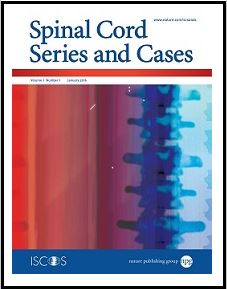
“Cannabis has been used as a medicinal plant for thousands of years.
As a result of centuries of breeding and selection, there are now over 700 varieties of cannabis that contain hundreds of compounds, including cannabinoids and terpenes.
Cannabinoids are fatty compounds that are the main biological active constituents of cannabis. Terpenes are volatile compounds that occur in many plants and have distinct odors.
Cannabinoids exert their effect on the body by binding to receptors, specifically cannabinoid receptors types 1 and 2. These receptors, together with endogenous cannabinoids and the systems for synthesis, transport, and degradation, are called the Endocannabinoid System.
The two most prevalent and commonly known cannabinoids in the cannabis plant are delta-9-tetrahydrocannabinol (THC) and cannabidiol.
The speed, strength, and type of effects of cannabis vary based on the route of administration. THC is rapidly distributed through the body to fatty tissues like the brain and is metabolized by the cytochrome P450 system to 11-hydroxy-THC, which is also psychoactive.
Cannabis and cannabinoids have been indicated for several medical conditions.
There is evidence of efficacy in the symptomatic treatment of nausea and vomiting, pain, insomnia, post-traumatic stress disorder, anxiety, loss of appetite, Tourette’s syndrome, and epilepsy. Cannabis has also been associated with treatment for glaucoma, Huntington’s Disease, Parkinson’s Disease, and dystonia, but there is not good evidence to support its efficacy. Side effects of cannabis include psychosis and anxiety, which can be severe.
Here, we provided a summary of the history of cannabis, its pharmacology, and its medical uses.”







